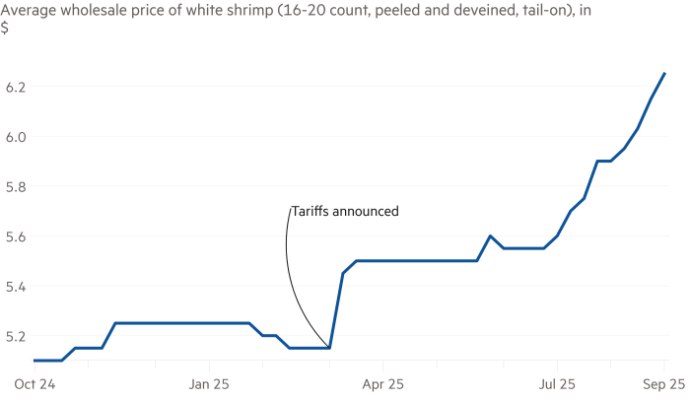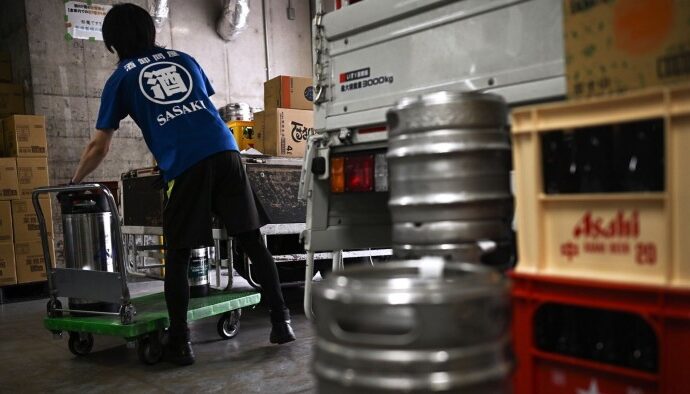Stay informed with free updates
Simply sign up to the Chinese economy myFT Digest — delivered directly to your inbox.
China’s President Xi Jinping has stepped up calls for greater “self-reliance” in the country’s manufacturing sector, emphasising a strategy critics say has fuelled tensions with trading partners.
Xi’s comments on Tuesday, which the Chinese leader made on a visit to a ballbearing factory that dates back to Mao Zedong’s era, came barely a week after the US and China agreed to a 90-day truce in their trade war.
The two sides agreed to slash tariffs from levels as high as 145 per cent, which had threatened to cut off trade between the world’s two largest economies.
Economists have called for Chinese policymakers to shift a long-standing focus on high-tech production to boost weak domestic demand, which has left the country dependent on manufacturing and exports for growth. They have also argued that Beijing’s emphasis on production over consumption has helped drive global economic imbalances, leading to the trade war with the US.
But Xi on Tuesday said China’s focus on industrial output had been the right decision.
“From relying on imports of foreign fire, soap, and iron in the past, we have now become the world’s largest manufacturing country,” he said, according to state news agency Xinhua, adding: “We need to keep improving our manufacturing sector, insist on self-reliance and self-improvement [and] master key core technologies.”
China’s emphasis on self-reliance predates the current tensions with US President Donald Trump. In 2015, Xi launched Made in China 2025, a government programme aimed at expanding domestic market share in strategic industries through the use of subsidies and policy support.
That drive has accelerated since Trump’s first term, when the US president launched the initial phase of his trade war and introduced export controls on advanced technologies, particularly those related to semiconductors.
Western chambers of commerce in the country have also voiced mounting complaints in recent years that China’s industrial and procurement policies systematically favour domestic producers and reduce opportunities for foreign companies.
On a visit to Luoyang, an ancient city in Henan province, Xi urged officials to support the integration of China’s industries with academic research to boost innovation, “so that modernisation with Chinese characteristics can be truly realised” — a slogan that refers to economic development under the control of the Communist party.
Since late last year, Beijing has signalled a shift away from its emphasis on manufacturing to prioritise domestic consumption. Policymakers have also announced measures to loosen monetary policy, increase the central government budget deficit and release funds to boost the stock market.
But economists said the government had yet to announce comprehensive reforms backed by large-scale funding to force a structural shift in the economy towards consumption.
China accounts for about 18 per cent of global GDP, but only 13 per cent of global consumption.
The country contributed about 29 per cent of global manufacturing value-added in 2023, according to the Center for Strategic and International Studies, more than the next four largest producers — the US, Japan, Germany and India — combined.
Under Made in China 2025, Beijing set specific market share targets for advanced technologies such as electric vehicles, high-speed trains, telecommunications, robotics and other areas to improve the country’s industrial self-sufficiency.
“In many products, Chinese firms have achieved significant successes, sometimes more than doubling their domestic market share in the past decade,” Washington-based Rhodium Group said in a recent report on the programme.


